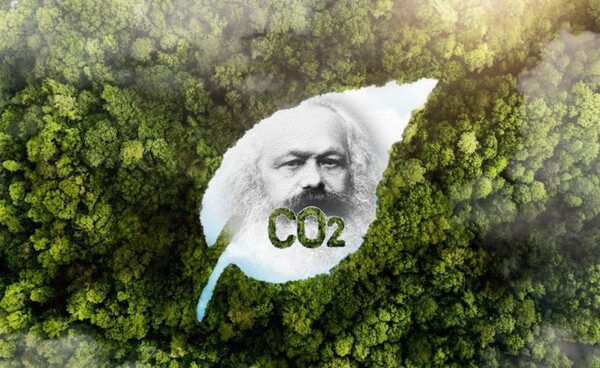By
Bjorn Lomborg
Globally, we spent almost $2 trillion in 2023 to try to force an energy transition. Over the past decade, solar and wind energy use has soared to record levels. But that hasn’t reduced fossil-fuel use, which increased even more over the same period.
Studies show that when countries add more renewable energy, it does little to replace coal, gas or oil. It simply adds to energy consumption. Recent research shows that for every six units of green energy, less than one unit displaces fossil-fuel energy. The Biden administration finds that while renewable energy sources worldwide will dramatically increase up to 2050, that won’t be enough even to begin replacing fossil fuels—oil, gas and coal will all keep increasing, too.
This shouldn’t come as a surprise to any student of history. During the 19th-century transition to coal from wood, overall wood use increased even as coal assumed a greater percentage of energy needs. The same thing happened during the shift to oil from coal: By 1970, oil, coal, gas and wood all delivered more energy than ever before.
Humans have an unquenchable thirst for affordable energy. In the past 50 years, oil and coal energy use has doubled, hydro power has tripled and gas has quadrupled. The use of nuclear, solar and wind power has surged.
The current plan underpinning the green-energy transition mostly insists that pushing heavily subsidized renewables will magically make fossil fuels disappear. But such expectations are “misleading,” as a 2019 academic study concluded. During past additions of a new energy source, the researchers found, it has been “entirely unprecedented for these additions to cause a sustained decline in the use of established energy sources.”
What causes us to change our relative use of energy? One study investigated 14 shifts that happened over the past five centuries, such as when farmers went from plowing fields with animals to tractors powered by fossil fuels. Invariably, the new energy source would be better or cheaper.
Solar and wind fail on both counts. They aren’t better, because unlike fossil fuels, which can produce electricity whenever we need it, they can produce energy only according to the vagaries of daylight and weather. At best they are cheaper only when the sun is shining or the wind is blowing at just the right speed. The rest of time they are expensive and mostly useless.
When we factor in the cost of four hours of storage, wind and solar energy solutions become uncompetitive with fossil fuels. Achieving a sustainable transition to solar or wind would require orders of magnitude more storage, making these options unaffordable.
Solar and wind address only a smaller part of a vast challenge. They are almost entirely deployed in the electricity sector, which makes up a mere one-fifth of all global energy use. We are struggling to find green solutions for most transportation and haven’t even begun to address the energy needs of heating, manufacturing or agriculture. We are all but ignoring the hardest and most crucial sectors like steel, cement, plastics and fertilizers.
An energy transition would require far greater subsidies for solar and wind, as well as batteries and hydrogen. We would have to accept less-efficient technologies for important needs like steel and fertilizers. Politicians would have to impose massive taxes on fossil fuels to make them less desirable. McKinsey & Co. estimates that achieving a real transition would cost more than $5 trillion annually. This splurge would slow economic growth, making the real cost five times as high. For rich-world voters, the annual cost could be more than $13,000 a person, according to energy researcher Vaclav Smil. Voters are unlikely to welcome that pain.
The way to achieve an eventual transition is to improve green-energy alternatives. That means investing much more in research and development. Innovation is needed in wind and solar, as well as storage, nuclear energy, and other possible solutions. Bringing the costs of low-CO2₂energy sources below those of fossil fuels is the only way that green solutions can be implemented globally, and not merely by a few wealthy countries.
When politicians say the green transition is here, they are really asking voters to support throwing more good money after bad. We need to be smarter.
Mr. Lomborg is president of the Copenhagen Consensus, a visiting fellow at Stanford University’s Hoover Institution and author of “Best Things First.”

Copyright ©2024 Dow Jones & Company, Inc. All Rights Reserved. 87990cbe856818d5eddac44c7b1cdeb8
Appeared in the June 25, 2024, print edition as ‘The ‘Green Energy Transition’ That Wasn’t’.SHOW CONVERSATION (869)





